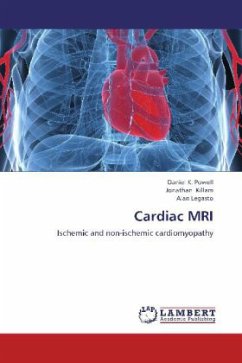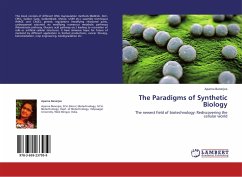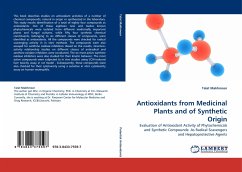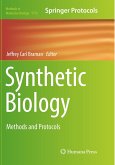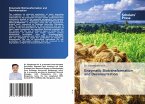Approximately 10,000 different dyes and pigments are produced annually worldwide and used extensively in the dye and printing industries. Apart from the aesthetic deterioration of the natural water bodies, dyes also cause harm to the flora and fauna in the natural environment. Therefore, wastewater containing dyes must be treated prior to their discharge into the environment. Different methods can be applied for the treatment of synthetic dyes from aqueous solutions. Among them, biological treatments are promising alternatives with different approaches going from the complete immobilization of microorganisms to the pure enzyme utilization. Among all enzymes, laccases are an interesting alternative for the dye degradation due to their low affinity and wide specificity for the substrates.Thus, this work proposes different strategies based on the use of laccases for the discoloration of synthetic dyes from aqueous solutions. These strategies include studies in different fields to promote eco-friendly solutions for different assets of the whole process.
Bitte wählen Sie Ihr Anliegen aus.
Rechnungen
Retourenschein anfordern
Bestellstatus
Storno


